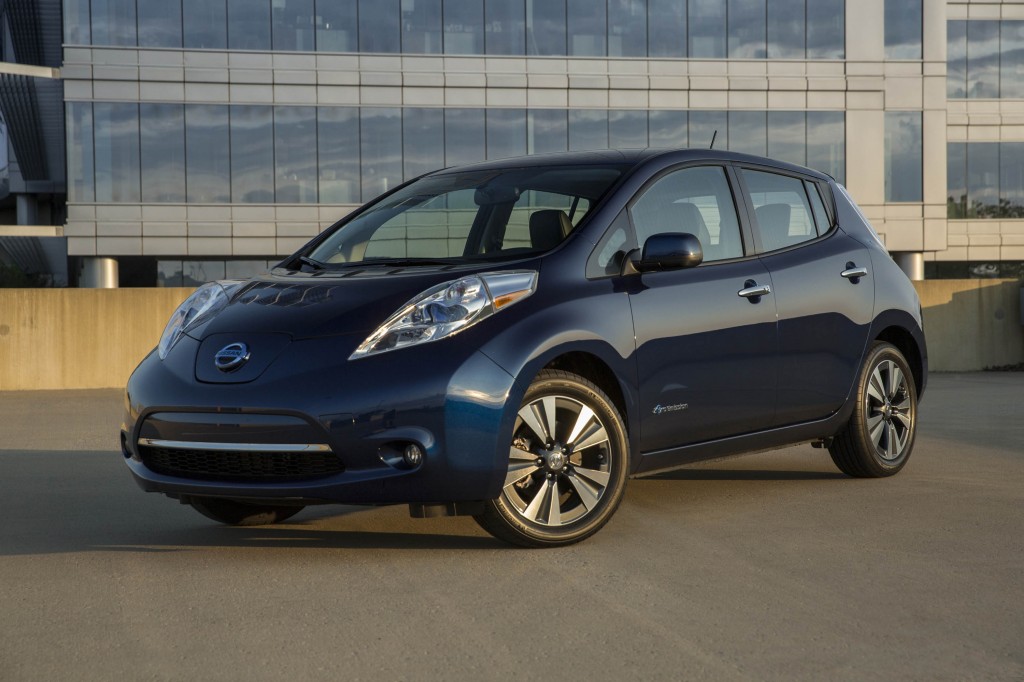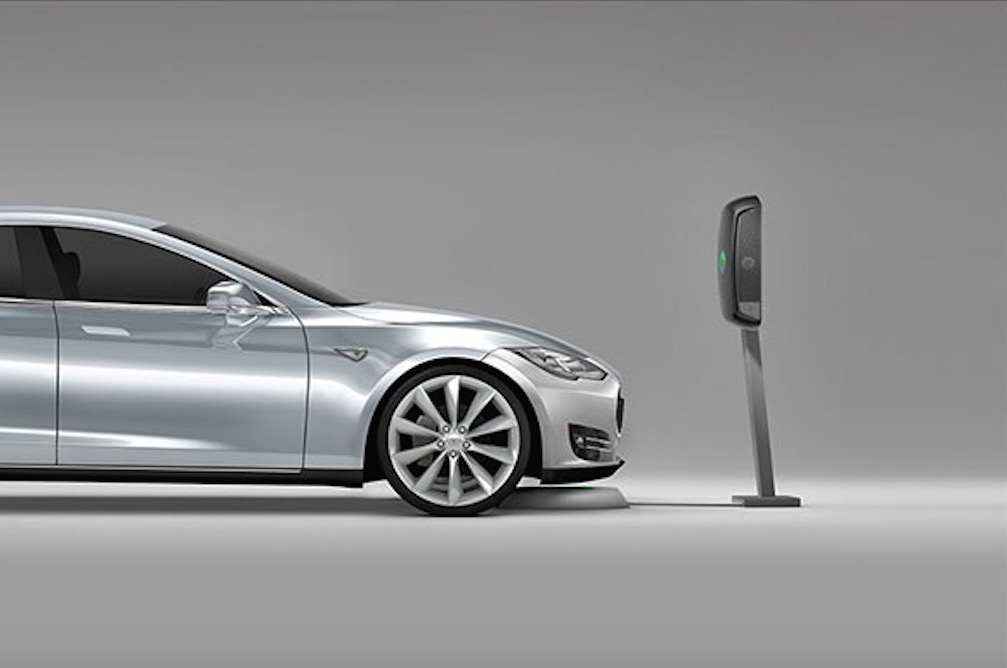Wireless charging for electric cars has been discussed for some time, but at last it is close to becoming a more realistic option for drivers.
Evatran currently markets its Plugless wireless-charging system for multiple electric-car models.
But what does it really take to ditch that charging cable—and is it really worth it?
DON'T MISS: Plugless charging for 80 percent of electric cars by end of 2017: Evatran (Oct 2016)
The video above from Transport Evolved shows exactly how the system works, using a Nissan Leaf as the experimental guinea pig.
The Plugless system uses inductive charging, in which a magnetic field is created by running electricity through a coil.
As with other similar systems, one coil is fastened to the ground, and another is mounted to the vehicle's underside.

2017 Nissan Leaf
The coil on the ground is connected by a cable to a wall-mounted box similar to conventional wall-mounted charging stations.
That cable can be sunk into garage floors in more permanent installations.
The car-mounted coil must be installed by an Evatran-certified shop, and its exact placement varies depending on the model of car and available space on its underside.
ALSO SEE: Want to charge your Tesla Model S wirelessly? Soon you can (Aug 2016)
After installation, the cost of the 3.3-kilowatt system was around $2,800, according to Transport Evolved.
Evatran has said it will offer more powerful 6.6-kW and 7.2-kW systems as well, and the cost of these systems will likely be higher.
To use the system the driver simply positions the car over the pad, at which point charging begins automatically.

Evatran Plugless wireless charger for Tesla Model S
A series of illuminated arrows on the wall-mounted box guide the driver, helping to place the car in the optimal position.
The more accurate the parking job, the more efficient the transfer of power from the external coil to the car.
MORE: How wireless charging works for electric cars, explained (May 2016)
The accuracy of placement is reflected in red numbers displayed on the wall-mounted box; drivers that receive a low accuracy number can expect a longer charging time.
Like all wireless-charging systems, the Plugless system is also less efficient than a physical connection, even in optimal conditions.

Installation of Plugless Power wireless charging system in Nissan Leaf & Hertz HQ, Park Ridge, NJ
At nearly $3,000 installed, Plugless is also fairly expensive, especially considering that the $3,000 price only applies to the lowest-power system, which charges at a slower rate than many current electric cars are capable of.
By the end of this year, Evatran hopes to offer Plugless systems compatible with 80 percent of the electric cars on the road in North America.
While wireless charging has received some attention from the aftermarket, automakers haven't shown much interest in adopting the technology for new cars.
To date, only Mercedes-Benz has confirmed wireless charging for a production model, the low-volume S550e plug-in hybrid luxury sedan.
NOTE: Long-term readers will recognize Nikki Gordon-Bloomfield, founder of Transport Evolved, as a former contributor to Green Car Reports as well as a life-long electric-car advocate.
_______________________________________________












